
5 minute read
HYDRONICS Tooling through life
Bob “Hot Rod” Rohr has been a plumbing, radiant heat and solar contractor and installer for 30 years. A longtime columnist and trainer, he is manager of training and education with Caleffi North America. You can reach Hot Rod at bob.rohr@caleffi.com.

Advertisement

TOOLING THROUGH LIFE TOOLING TOOLING THROUGH LIFE
Tradesfolk can get really passionate when they are talking about tools…or talking about trucks and tools. What often starts as a mere need or curiosity will sometimes turn to obsession–an expensive, but defensible, addiction. Plumbers and other hydronic installation specialists usually depend on a few basics: pump pliers, a tape measure, level, tube cutters, usually a 4- or 6-in-one screwdriver, and a crescent wrench. While considered Neanderthal to some of the newer pipe joining techniques, scratch cloth and fitting brushes to prep for soldering are still required tools. And a hammer is nice to have for mounting pipes and devices. A pipe wrench is useful, too; maybe a 14 in. for starters. A lot of us picked these up as an apprentice tool collection, followed by something to carry them in. Whether you go for a box, bucket, backpack or soft duffle, there are tons of options these days. Back in the day, a metal toolbox was the preferred, and perhaps the only, means to organize and transport tools. It’s a workout to carry one of those old, heavy gauge metal boxes around. I make it a practice to buy quality tools and would highly recommend that you do as well. Don’t skimp on tools with your new hires either. It’s frustrating to work with inferior products. To find unique, top-quality hand tools, you might want to look to some of the European manufacturers. It’s tough to argue with good old American iron, and the longevity of pipe-working tools from brands such as Ridgid and Reed. I, like many others I suspect, own tools with these brands, handed down from my dad and grandad. The fit, feel and material matters, and a true pro knows and appreciates a quality, lifetime tool. You could blindfold a craftsperson and put an assortment of hand tools in their hand and the best choice would be obvious.
Like any addiction, once you have the taste, you want more and more. How many pairs of pump pliers, screwdrivers, wrenches, etc. are enough? I guess it comes down to how much space, money and muscles you have to store and transport your collection. I don’t mean to leave any tools or brands out. I could go on for pages about all the tools I’ve enjoyed, and I know I’m not the only one. Tool hoarders, and tool-collecting wannabees, feel free to share your faves with me. I might have a little space in one of my boxes or bags.
A box for every job box for everyjooreveryj
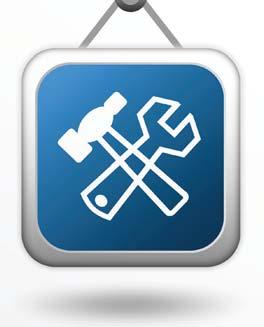
I see some tradespeople with multiple, maybe dozens, of boxes and bags of tools, sometimes specialized to the tasks at hand. Perhaps a plumber is doing a rough-in job one day, and the next, a boiler clean and check. Having a box of tools for each task makes it easy to grab and go. Of course, some of the expensive delicate stuff, such as meters and analyzers, may be best left in their own containers.
Picking the right container
I’ve found that tools accumulate in direct proportion to the space given them, and it’s easy to go overboard on box size. When it comes to brands, select companies that ask questions, have experience with tools, and are proud of their products. If I were still in the field on a daily basis, I would look for a soft bag or perhaps a backpack. As I travel by airliner most often these days, taking tools, parts and samples is easiest with soft bags. Plastic, stackable container systems are worth exploring. They help organize the truck and can be customized to the application or job. Of course, like any product, the good ones cost more. And, if you go big, wheels make the case.


YOUR IMAGE MATTERS
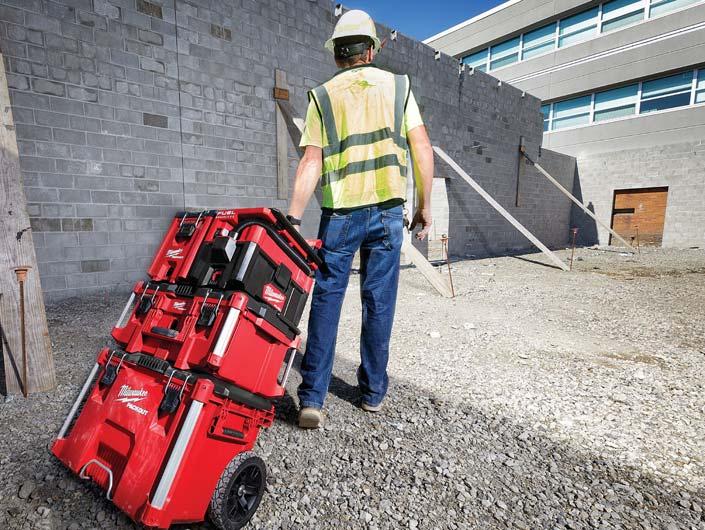
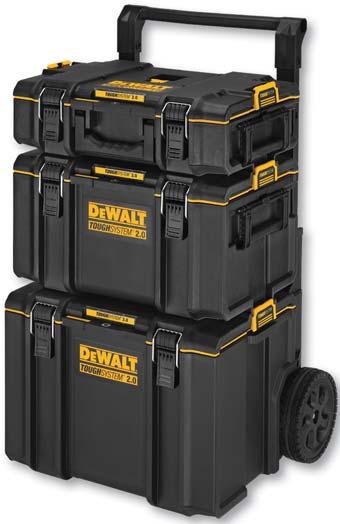
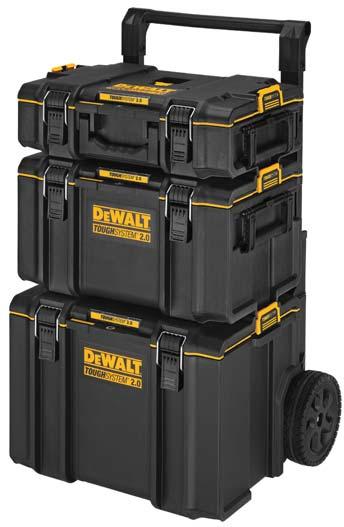
Having the right tools gives you credibility with your customers. I feel the box or impression.
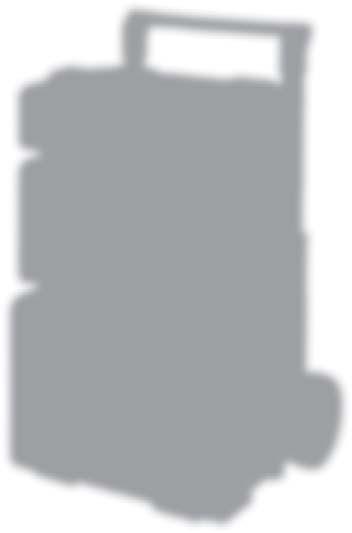
Some 30 or more years ago, I had a heavyduty aluminum tool box made in Utah. It was meticulously crafted, with TIG welded seams. It’s still going, and is strong enough to stand on; is covered with stickers, including an early Radiant Panel Association (RPA) one; and still gets me comments to this day.
BY THE TRADE FOR THE TRADE
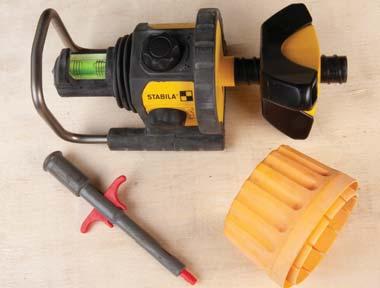
Some of my favourite tools are ones imagined and designed by tradespeople. Rarely do these inventors make the big time and turn the venture into a lifechanging income stream. I’ve even done a bit of this myself, and know that users appreciate a well-thought-out effort.
I have a spring-loaded pen-like device for inserting springs and cups in some singlehandle faucets. Slip the spring and cup seal on the end, line it up over the hole in the body and pull the trigger. Sure, it can be accomplished by using a pen or pencil, or even by hand, but just understanding the motivation and design-build process of the tool made it worth the entry fee.
I also found some brown jersey gloves with scouring pads sewed into the palms at a trade show once, and bright pink, openmesh scratch cloth can make it easier to keep track of pipe-prep tools in dimly-lit workspaces.
Going high tech, I have a Stabilia laser hole shooter. Hopefully that product comes back on the market. It made for quick accurate layout of a series of holes. I’ve drilled holes from one end of a building to the other to thread in straight lengths of pipe that need to be spot on.
A tool I developed for removing or installing threaded steel or cast pump flanges didn’t quite make me a millionaire, but I noticed the idea caught on with some savvy manufacturers.
On the power tool side, I met the folks from REM tool at an ISH show back in the 1990s and have one of their Curvo pipe benders.








